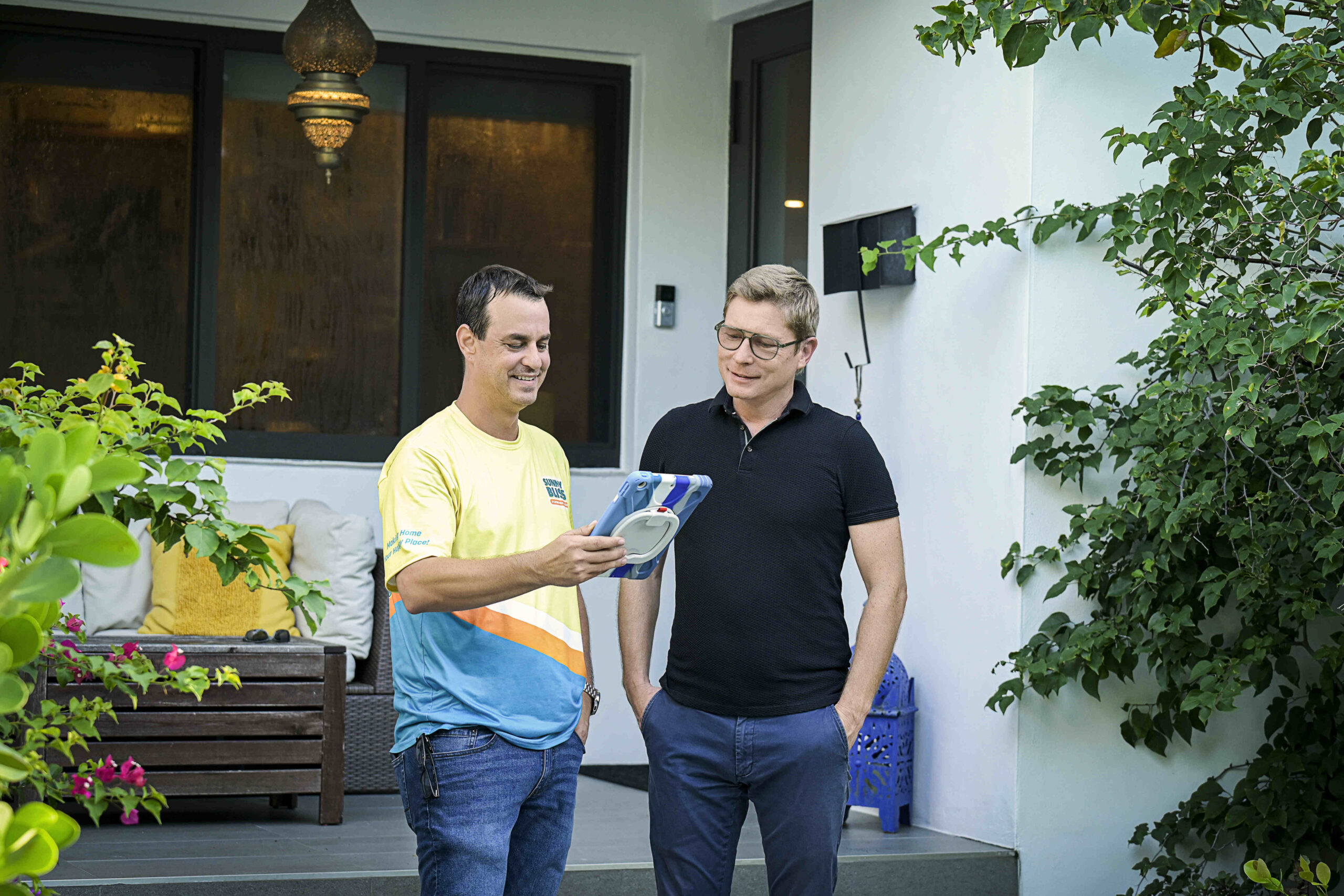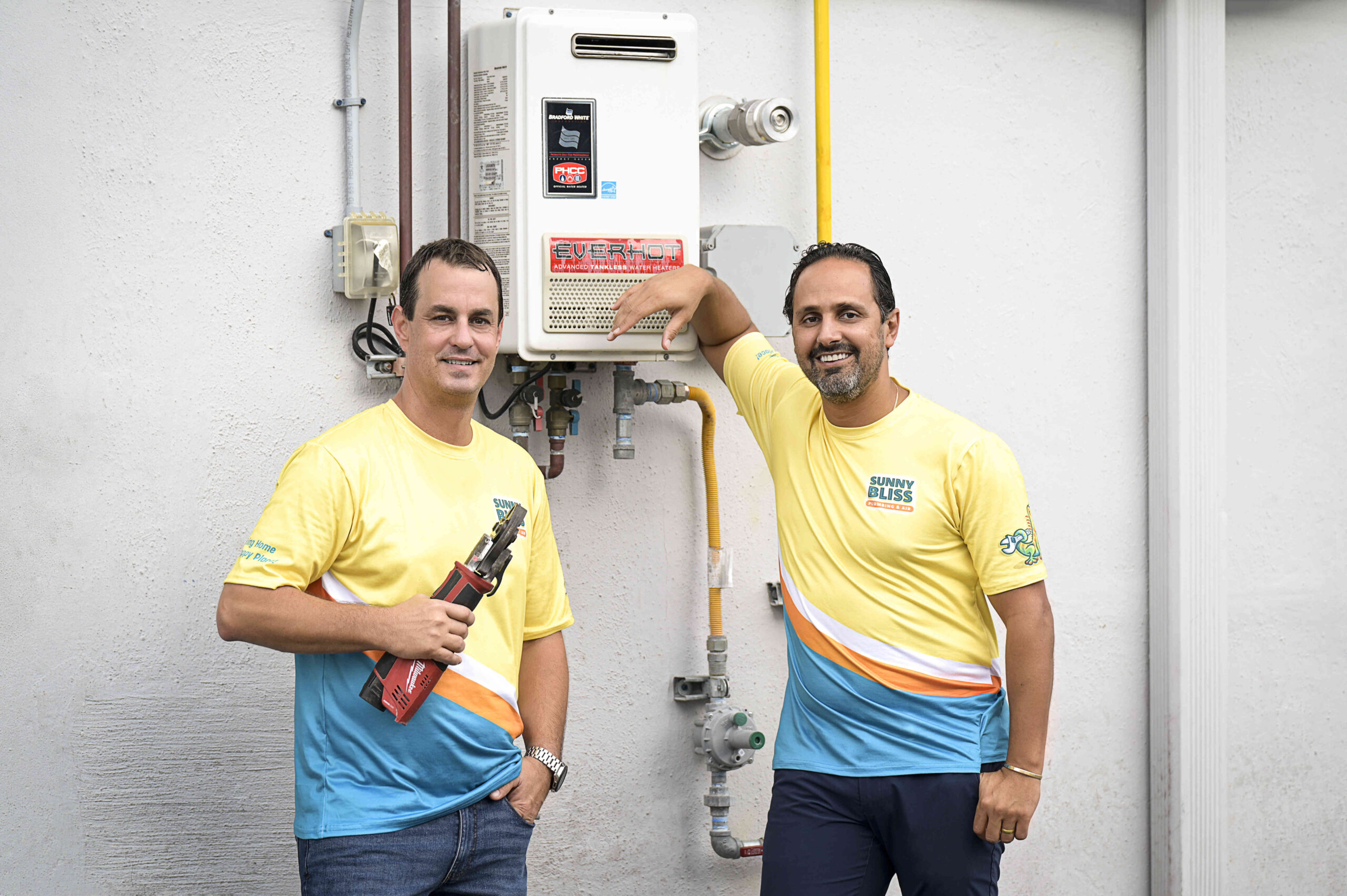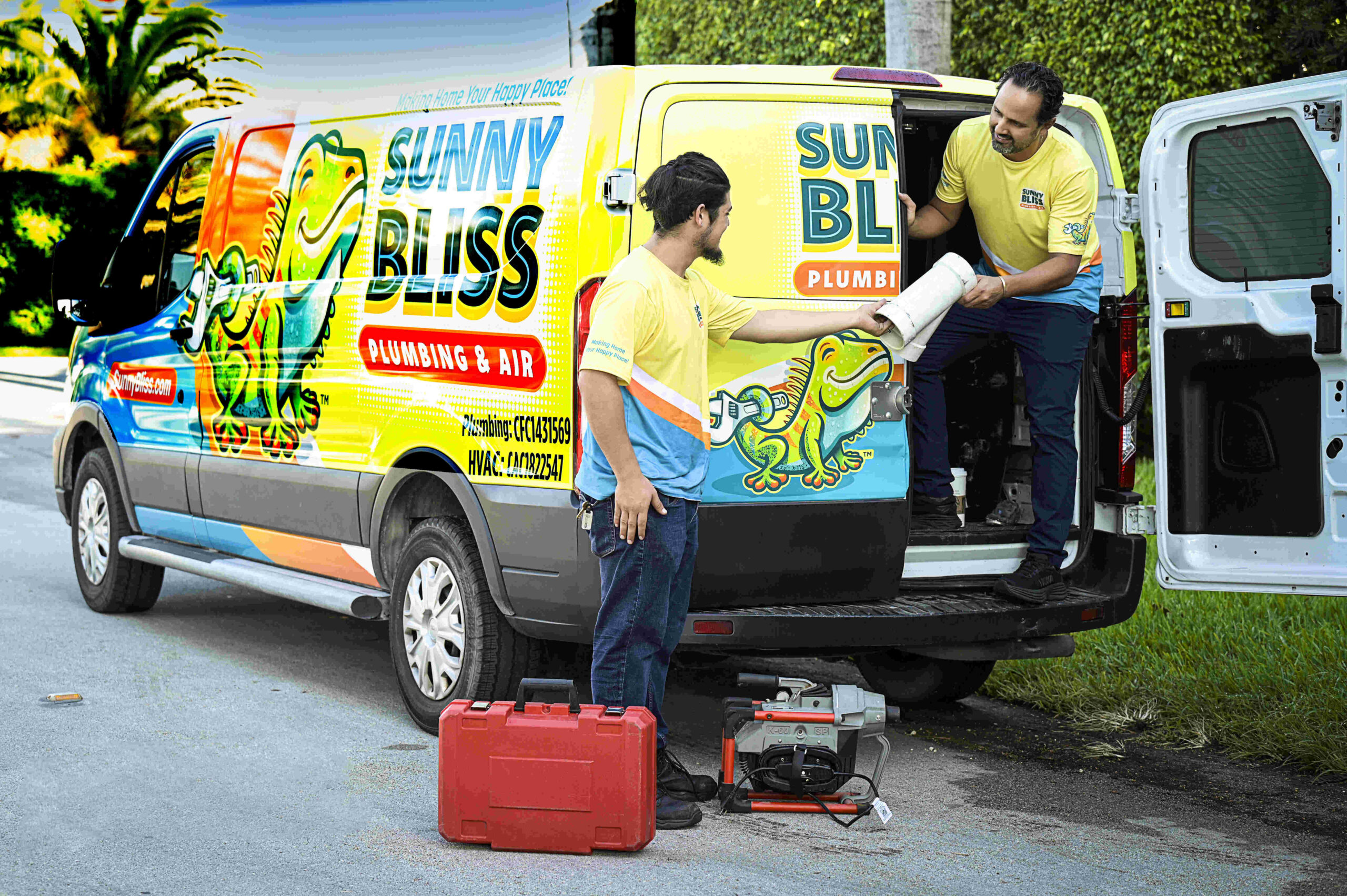What is leak detection and why is it important?
Leak detection is the process of identifying and locating leaks in plumbing systems, which can include water pipes, sewer lines, and irrigation systems. It is essential because undetected leaks can lead to significant water damage, increased utility bills, and mold growth. Early detection allows homeowners to address issues promptly, saving time and money in repairs.
How do professionals detect leaks?
Professionals utilize a variety of advanced tools and techniques for leak detection. Common methods include acoustic listening devices that can hear water escaping, thermal imaging cameras that identify temperature differences in walls, and moisture meters that assess moisture levels in building materials. These tools help to pinpoint the exact location of a leak without invasive procedures.
What are the signs that I may have a leak in my plumbing?
Signs of a potential leak include unexplained increases in water bills, damp spots on walls or ceilings, mold or mildew growth, water pooling in your yard, and the sound of running water when no fixtures are in use. If you notice any of these symptoms, it is advisable to schedule a leak detection service as soon as possible.
How long does the leak detection process take?
The duration of the leak detection process can vary based on the complexity of the plumbing system and the location of the leak. Typically, a thorough inspection can be completed within one to two hours. However, if additional repairs are necessary, this may extend the overall service time.
Is leak detection covered by homeowners insurance?
Coverage for leak detection varies by insurance policy. Many homeowners insurance plans cover the costs associated with repairing damage caused by leaks, but they may not cover the cost of the leak detection itself. It is advisable to review your policy details or consult with your insurance agent to understand the coverage options available to you.







